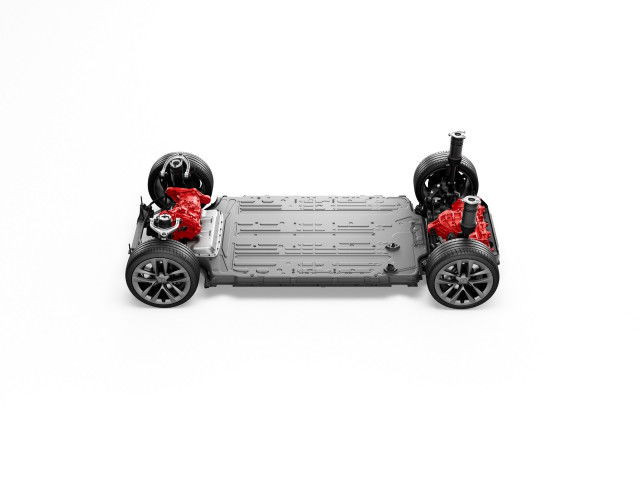Mining lithium for EV batteries unsustainable according to studies
As the push for more EVs increases lithium demand some believe 100% EV use is a potential environmental nightmare

A new study has pointed out some of the challenges that lie ahead with moving to zero emissions and highlights some of the knock-on effects of lithium mining on the environment.
The report, titled ‘Achieving Zero Emissions with More Mobility and Less Mining’ has been created by the Climate + Community Project, and some of the problems it raises could well be fixed by the motorcycle industry.
One of the points the report touches on is how electric vehicles are causing a lithium mining boom, although that resource, a bit like fossil fuels (crude oil and natural gas) is not a finite resource. It’s thought that there are around 88 million tonnes of Lithium on (or rather within) the earth. But that isn’t to say all of it is minable, with only around a quarter of that number being viable to be used. To put the way lithium is used into perspective, a Tesla Plaid S has a battery capacity of 100kWh battery pack, that is made up of 7,920 cylindrical 18650 batteries. In total, it’s thought that there is around 62kg of lithium used in the production of one battery.

It’s this that is being called an unsustainable route for EVs, as if every internal combustion car on the planet was replaced today with an electric one, the amount of mining that would have to take place to facilitate the change would be devastating for the environment.
Lithium is mined from the earth in a few ways, but one of the most environmentally damaging is something called brine extraction. In this process, salt-rich water is pumped out of the ground and into evaporation pools. Here it is left to evaporate and over time an increasing amount of lithium is deposited in the pools. What is also left are toxic chemicals, which can seep into water-courses, contaminate soil and even become airborne causing a health risk in the region. Ganzizhou Rongda Lithium mine in Tibet has been blamed for poisoning the nearby Liqi River, killing almost all the fish and the livestock that drinks from it.

How can electric motorcycles help?
The key thing that makes electric motorcycles seem like a helpful tool to help reduce lithium use is their size. As mentioned above, a Tesla Plaid S utilises a 100kWh battery, vastly larger and much more Lithium-hungry than those found in electrically powered motorcycles. The 2022 Energica Experia, for example, is one of the bigger electric bikes on the market based on battery size alone. Its 22.5kWh battery uses far less lithium by comparison, and shifting a proportion of electric car sales over to the two-wheeled size of the fence could drastically reduce lithium demand.


